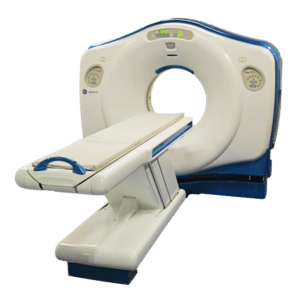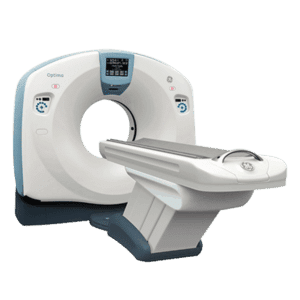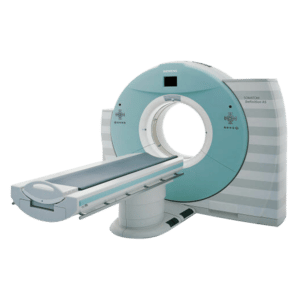Traditional CT uses a fan-shaped X-ray, whereas cone beam technology uses a cone shaped X-ray beam
When you think about how a CT Scanner works, you might think about how the images are produced in slices. A traditional CT uses a fan shaped X-ray beam, which takes a single slice image per scan. But there is a variation on traditional CT scanning called Cone Beam CT (CBCT), which uses a cone shaped X-Ray beam in order to provide continuous imaging throughout the scan.
While most often used to construct 3D images in dentistry and similar specialties, CBCT is very different from traditional CT. However, CBCT is worth learning about so you can have a full understanding of the capabilities of computed tomography.
Here are some of the main differences between traditional CT technology and CBCT.
Tubes:
- A high-output, rotating anode X-ray tube is used with Traditional CT. In order to continuously take an image throughout the scan, CBCT must use a low-power, medical fluoroscopy tube.
Recording data is different for traditional CT and CBCT:
- Traditional CT uses a fan-shaped X-ray beam with radiation transmitted in a spiral onto image detectors which are arranged in an arc around the patient. This produces a single slice image per scan.
- For CBCT, advanced cone beam technology uses a cone shaped X-ray beam, which transmits onto a solid-state area sensor for image capture. This way, the cone beam is able to produce a complete image in one single rotation.
Get Started
Request Pricing Today!
We’re here to help! Simply fill out the form to tell us a bit about your project. We’ll contact you to set up a conversation so we can discuss how we can best meet your needs. Thank you for considering us!
Great support & services
Save time and energy
Peace of mind
Risk reduction
Speed + Radiation:
- CBCT is much quicker than traditional CT, at a much lower radiation dose. This is achieved because CBCT has no overlap of slices.
Scanning position:
- Traditional CT scanners require the patient to lie down. While some CBCT scanners do, it’s not the case for all. Using panoramic radiography for a jaw scan, with traditional CT the patient’s jaw would have to be directly parallel to the X-ray beam direction or else risk error.
- With CBCT, jaw orientation wouldn’t matter nor affect the final image, as the data collected is done in one go.
Especially with dental professionals, CBCT scanners have seen an uptick in popularity. Soon, hopefully we will see more medical professionals incorporating CBCT into their facilities.
If you’d like to speak with one of our trained experts about our many CT options, you can do so HERE!



